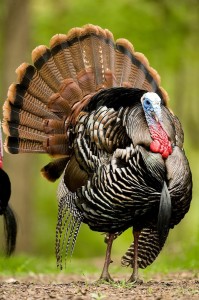The earth’s population is growing, estimated to top 10 billion during this century. The earth’s supply of water is constant. Already, 70% of the world’s fresh water is used for agriculture.
 Because the same amount of water will be needed to support agriculture for 2.7 billion more people by 2050, water is increasingly being viewed as a finite natural resource that must be carefully managed. It is estimated that by 2025, two-thirds of the world’s population could be living under the stress of water scarcity.
Because the same amount of water will be needed to support agriculture for 2.7 billion more people by 2050, water is increasingly being viewed as a finite natural resource that must be carefully managed. It is estimated that by 2025, two-thirds of the world’s population could be living under the stress of water scarcity.
The United Nations has designated 2013 as the International Year of Water Cooperation, and March 22 as World Water Day.
The Danforth Plant Science Center will devote the next two of its Conversations programs to water topics. On March 21, the topic will be “Water Availability and the Impact on Global Agriculture.”
Speakers will be Dr. Roberto Lenton, Executive Director of the Robert B. Daugherty Water for Food Institute at the University of Nebraska Lincoln, and Michael Doane, Vice President of Sustainable Agriculture Policy at Monsanto Company. The format will be a discussion moderated by Dr. Jim Davis, Professor Emeritus of Political Science at Washington University.
Continue reading Worldwide water suppy is a finite resource that must be managed




